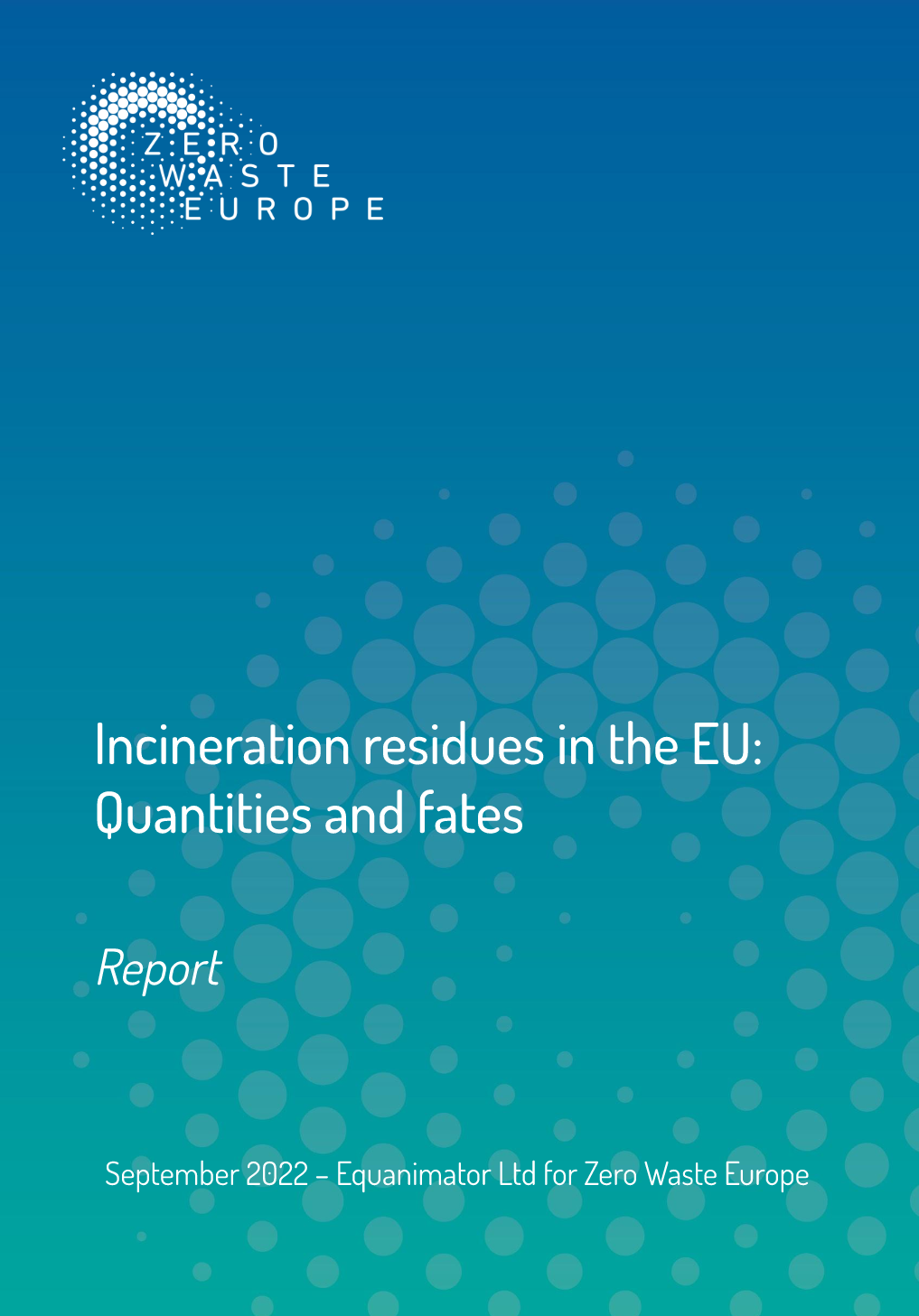
This study seeks to understand the quantity of residues generated by incineration of waste in the EU, and what happens to those residues – in particular, how much residue may be being landfilled.
Although the report is focused mainly on incineration, it sought to understand the quantity of residues from both incineration and co-incineration when considering ‘all wastes’. The Industrial Emissions Directive distinguishes these according to whether the facility is ‘dedicated to the thermal treatment of waste’ (incineration) or a facility whose main purpose is the generation of energy or production of material products (co-incineration).
Available in English (report and executive summary) and Polish (executive summary only).
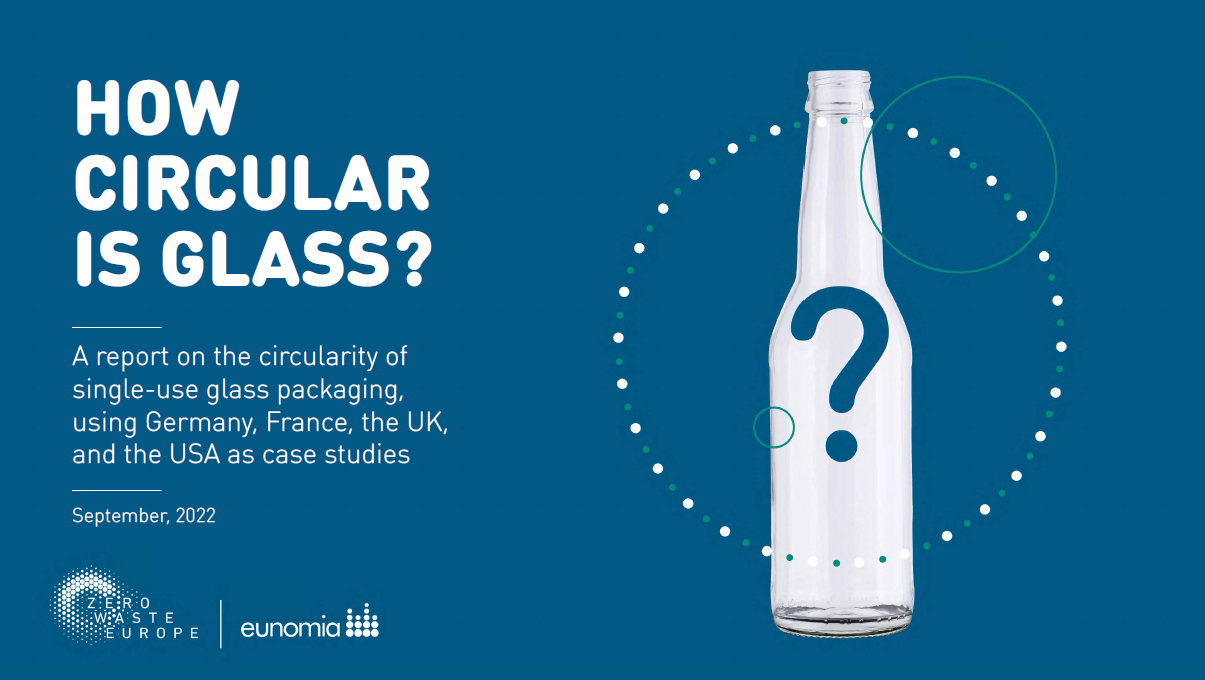
Glass production, especially from primary sources, is a high energy-consuming process. One way to effectively reduce energy consumption and greenhouse gas (GHG) emissions from the repeated production of single-use glass is to retain material in a circular system – e.g. by utilising the cullet from container glass to produce new container glass, i.e. closed-loop recycling, and thereby removing the need to use glass from primary sources.
To understand the current circularity of single-use container glass in different geographical scopes, this study examines the mass flows of single-use glass packaging in four countries: Germany, France, the United Kingdom and the United States of America. For each case study, the key limitations to circularity are discussed and the potential to improving glass circularity are explored. The study also reviews other limitations and opportunities the single-use container glass industry is facing, and future developments being considered to overcome these challenges.
Available in English.
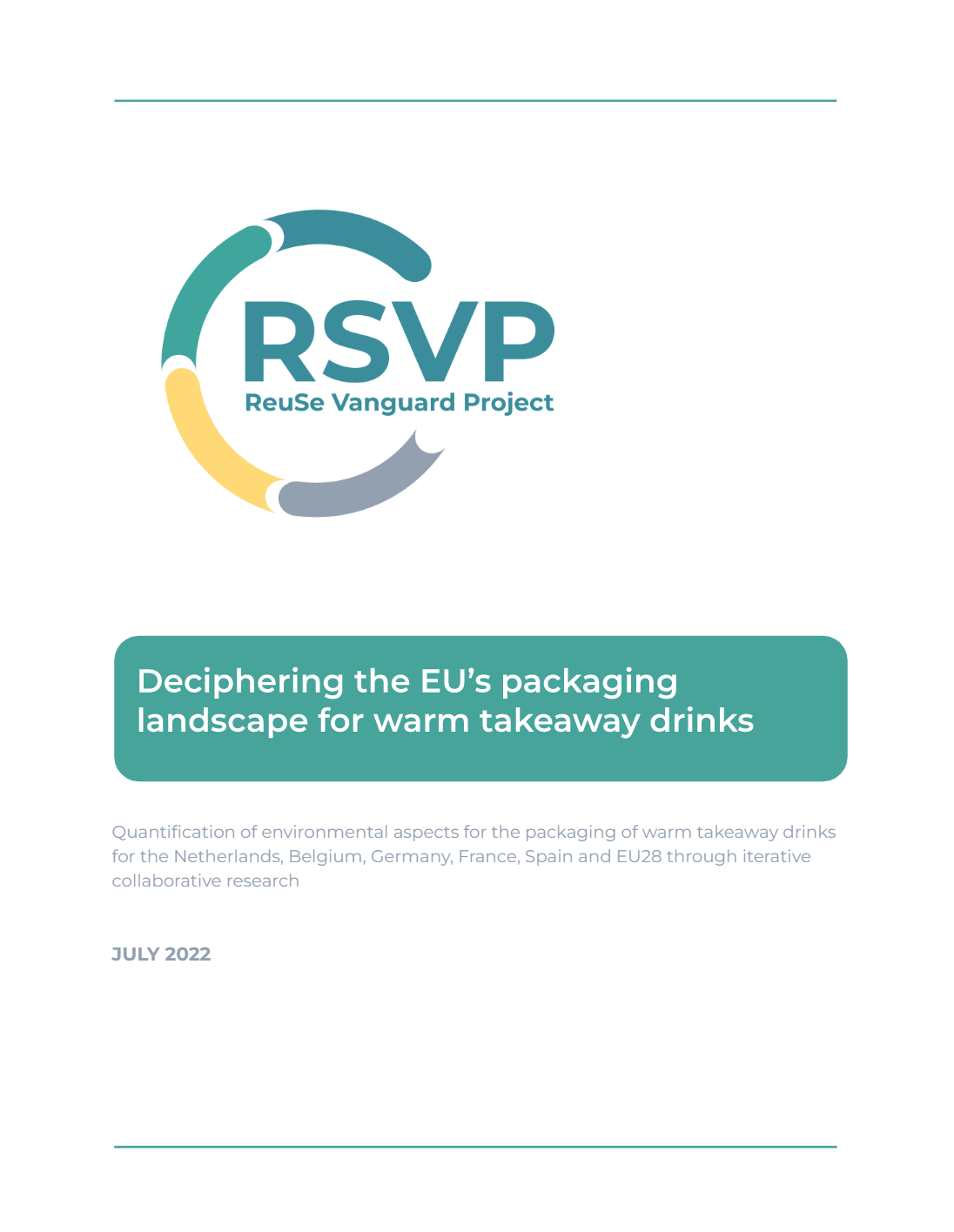
This report is part of a broader study commissioned by Zero Waste Europe to Recycling Netwerk Benelux (RNB), as part of a European project – called the ReuSe Vanguard Project (RSVP) – which includes stakeholders from 5 European countries, namely Belgium, The Netherlands, Germany, Spain and France.
With the broader study, we aim to highlight the findings related to the concrete packaging sectors that present the biggest potential in terms of their environmental impacts as well as the feasibility of replacing single-use with reusable packaging in the coming years. This dedicated report provides more detailed results of the first part, which relates to warm takeaway drinks and related packaging.
Available in English.
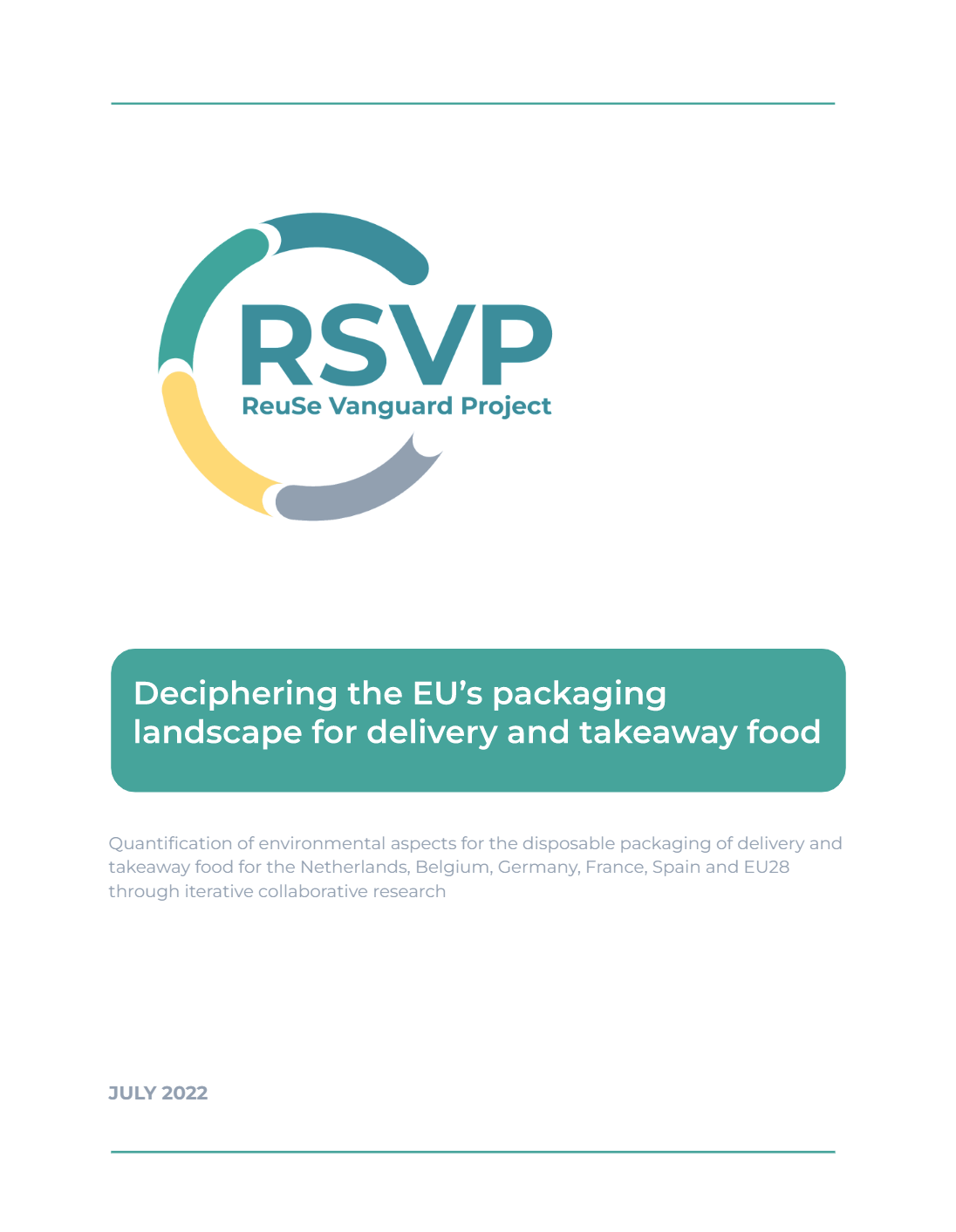
This report is part of a broader study commissioned by Zero Waste Europe to Recycling Netwerk Benelux (RNB), as part of a European project – called the ReuSe Vanguard Project (RSVP) – which includes stakeholders from 5 European countries, namely Belgium, The Netherlands, Germany, Spain and France.
With the broader study, we aim to highlight the findings related to the concrete packaging sectors that present the biggest potential in terms of their environmental impacts as well as the feasibility of replacing single-use with reusable packaging in the coming years. This dedicated report gives more detailed results of the first part, which relates to the packaging used for delivery and take-away food.
Available in English.
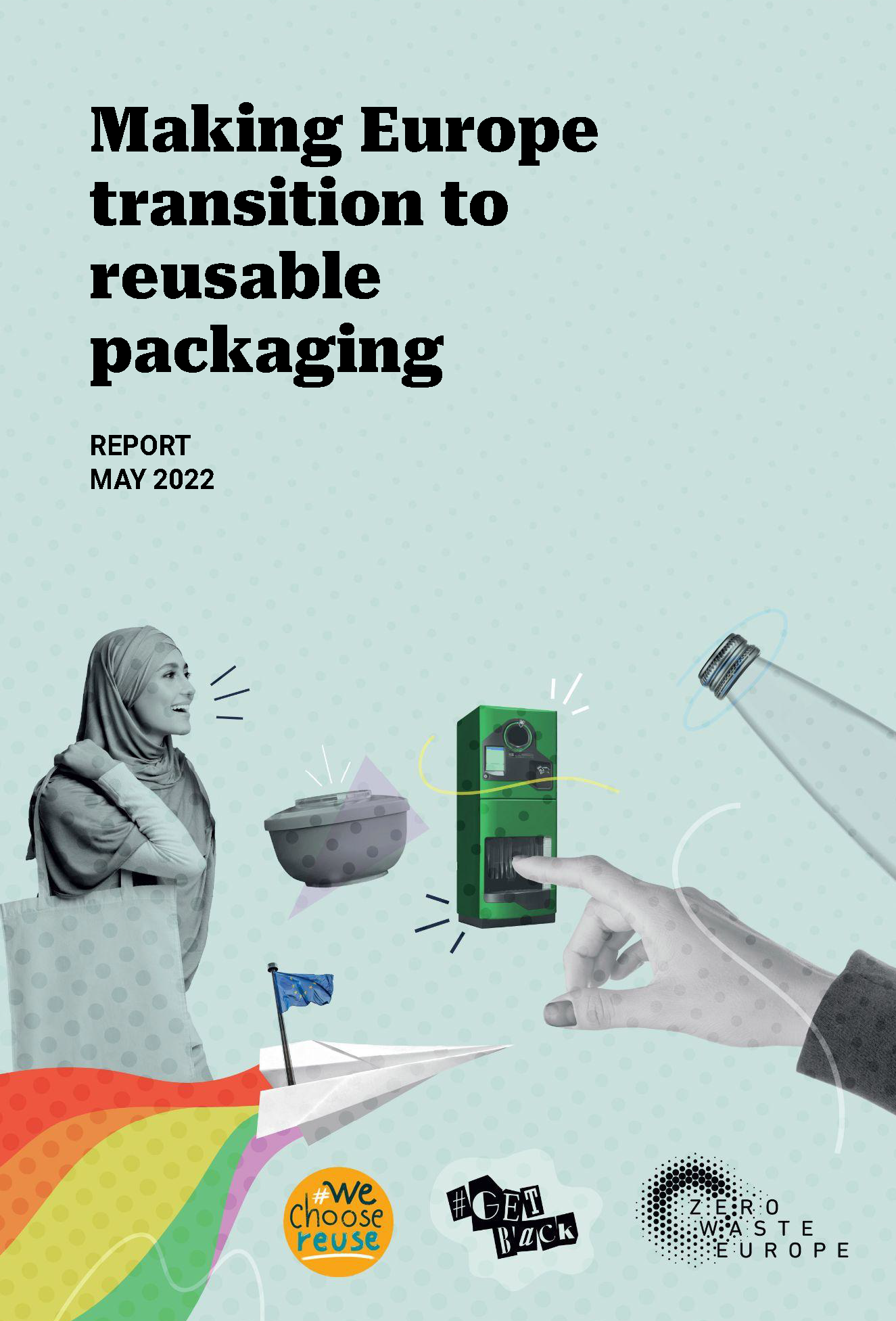
The clear limitations of single-use packaging are being exposed, and reusable packaging is now standing high on the agenda of policy-makers and key market players.
This report aims at bringing the evidence needed (from a quantitative and qualitative aspect) for determining the product categories that are most suitable for the transition of some packaging from single-use to reusable options.
Full report and policy recommendations are available in English. Executive summary is available in English, French, German, Dutch and Spanish.
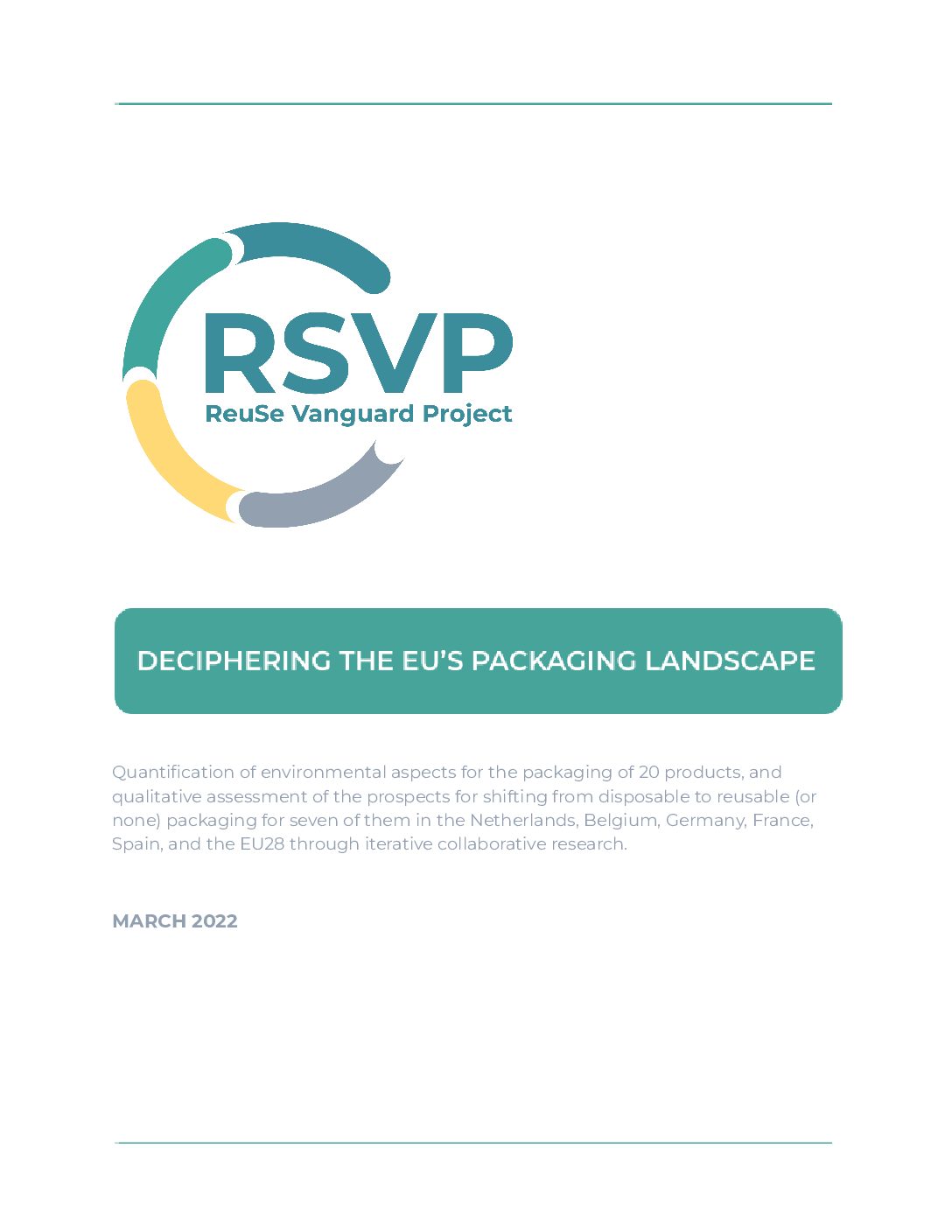
In spring 2021, Zero Waste Europe (ZWE) started the ReuSe Vanguard Project (RSVP). The goal of RSVP is “Reusable solutions for packaging for beverages, take-away drinks, and food as well as online delivery to get to scale in Europe and become the new normal in the sectors selected”. An essential part of RSVP is to “map the packaging landscape in Europe and detect the Ecosystemic Leverage Points (ELPs)” through an iterative collaborative research. ZWE tasked Recycling Netwerk Benelux (RNB) to take the lead in this iterative collaborative research.
Out of the 20 original products, seven were selected for additional qualitative assessment, namely: cleaning agents, dry food, soda drinks & (sparkling) water, postal services, take-away & delivery meals, take-away warm drinks, and wine.
Available in English.
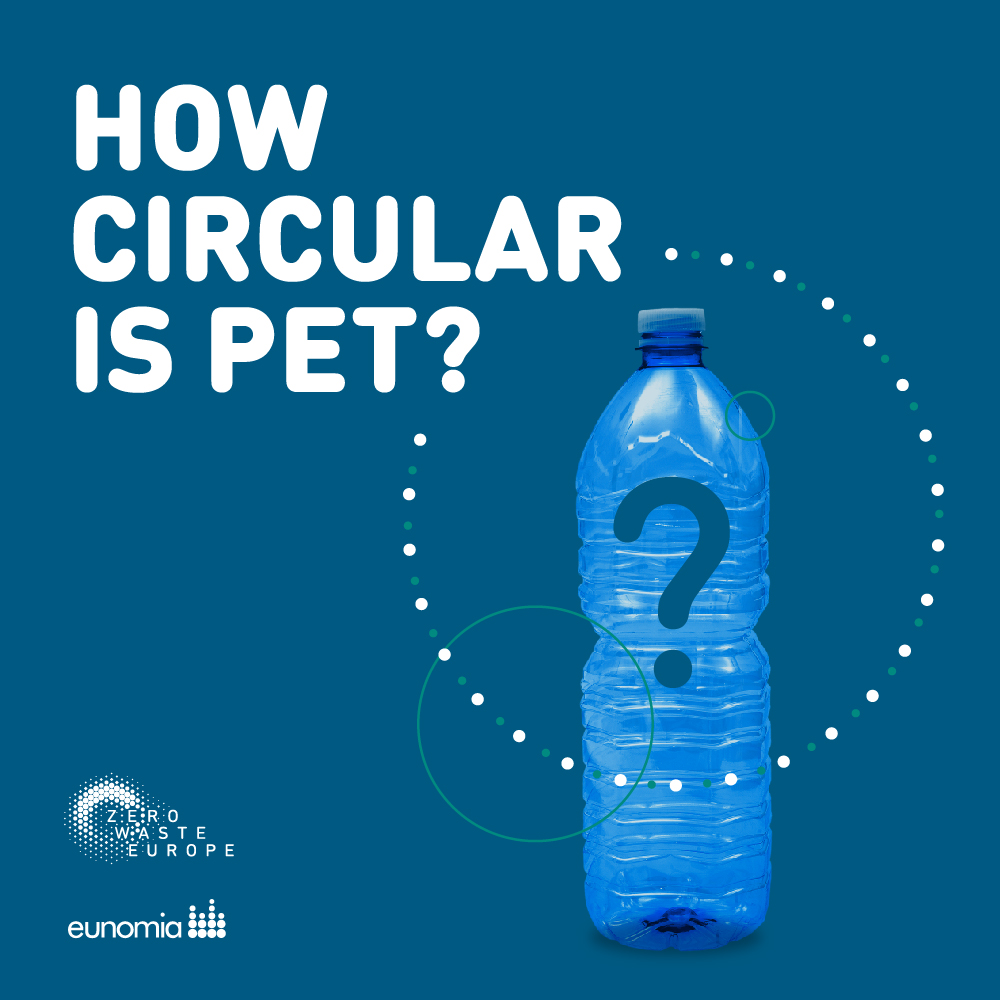
In a report commissioned to Eunomia by Zero Waste Europe, we bring you an analysis of the true state of circularity of Polyethylene terephthalate (PET) in bottles in Europe – including how much material from bottles is collected for recycling; how much of it is actually recycled; and how much of recycled PET is put into new bottles.
Full report available in English.
Executive Summary available in English, Croatian, German, and Hungarian.
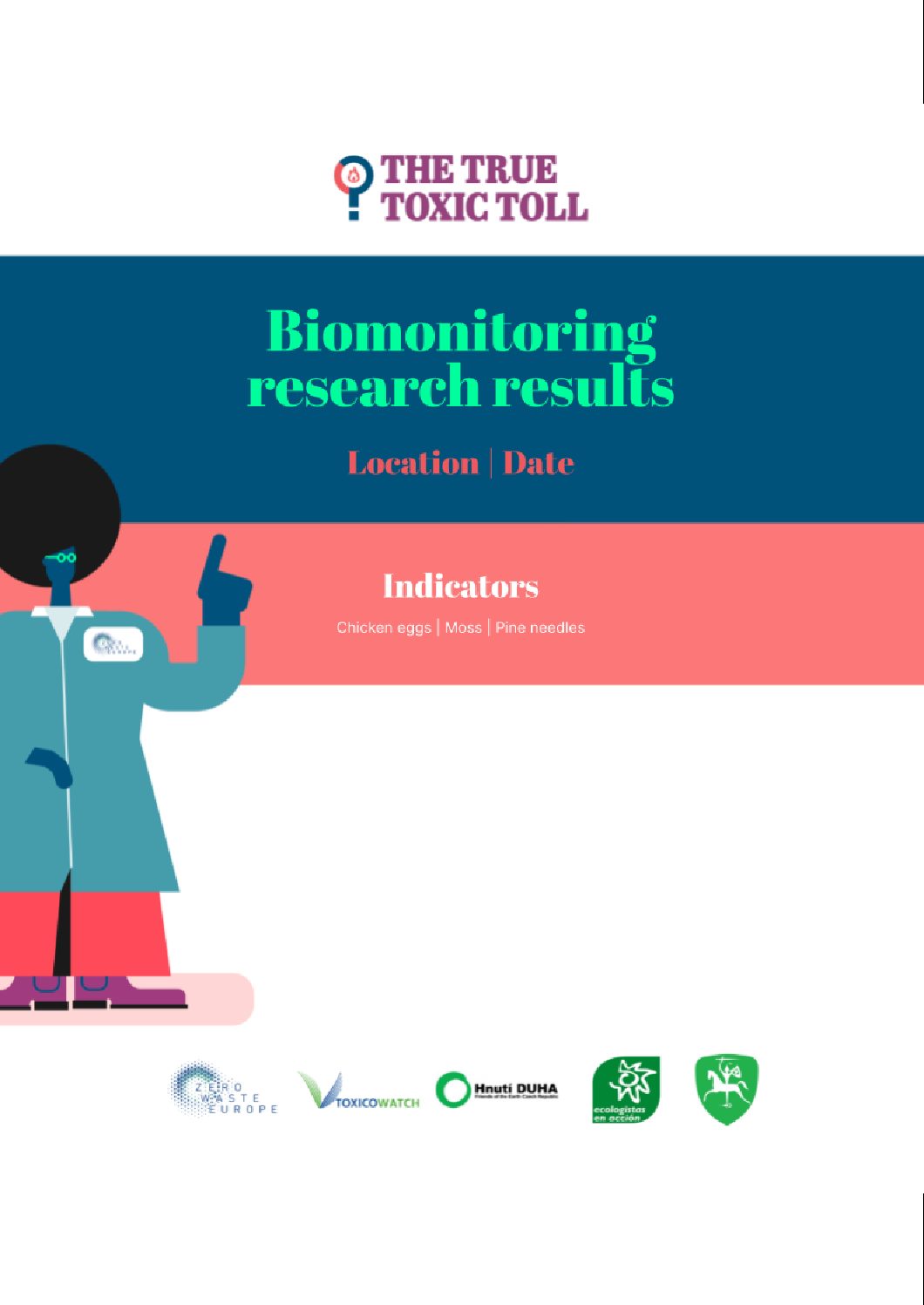
In Europe, waste incinerators are on the rise, often being promoted as a safe way to dispose of our waste. The way emissions are measured only represents a tiny snapshot of the incinerator’s output – meaning, not all incineration emissions are evaluated. Zero Waste Europe coordinated a biomonitoring research on incinerator emissions across Europe, together with ToxicoWatch, Hnuti Duha, Ziedine Ekonomika, and Ecologists en Accion Spain. Biomonitoring is the measurement of pollutants which spread into the surrounding environment of an incinerator, and can be found within living organisms.
Full report and infographics available in English.
Executive Summary available in English, Croatian, and German.
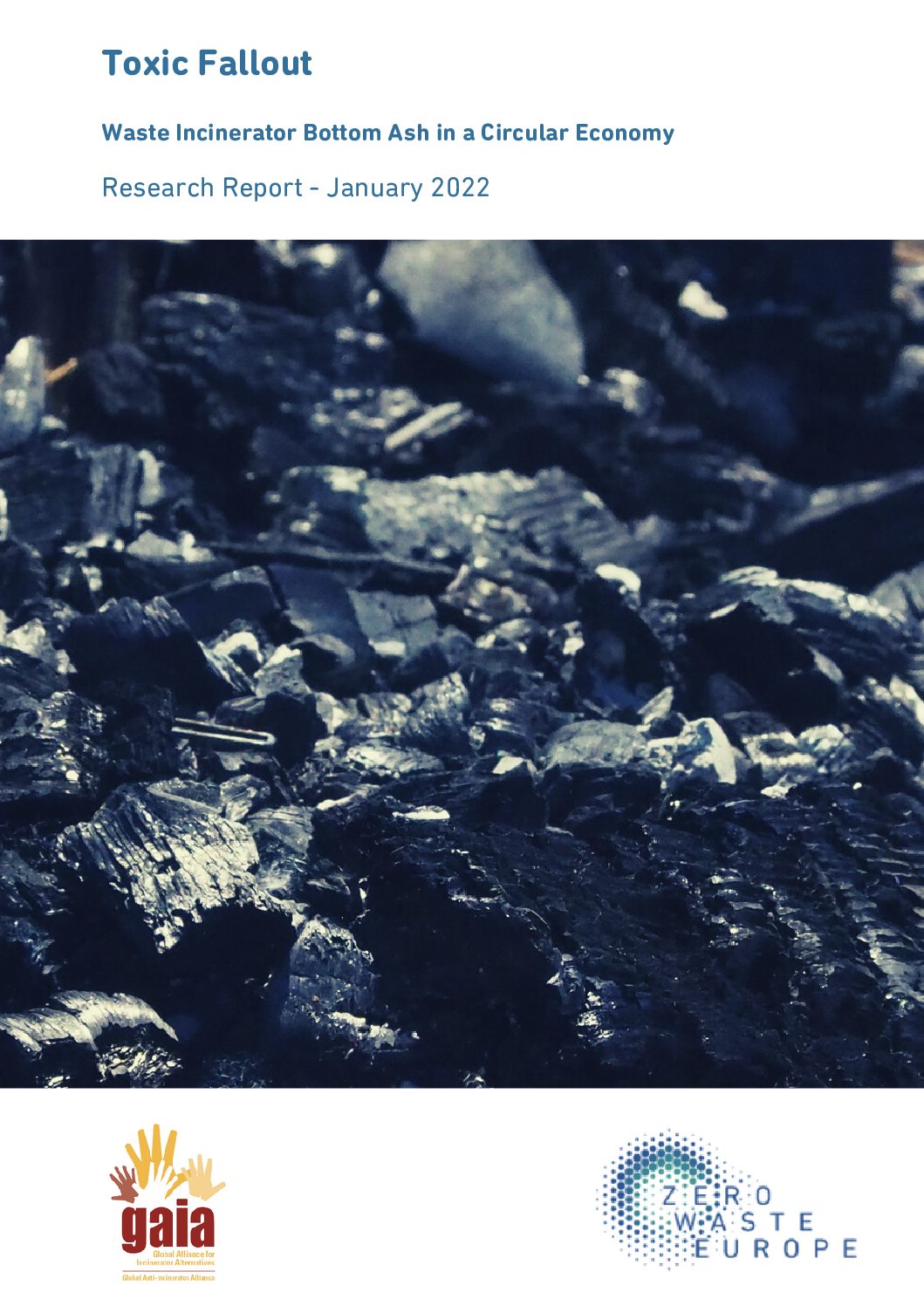
This report uses independent empirical research to evidence that incinerator bottom ash is insidiously hazardous and underregulated. Risk is heightened by the fact that testing methods for its use as a building material are outdated. A list of fifteen concerns for public health and safety is provided in relation to the use of waste incinerator bottom ash in cement-based products and as road/pathway aggregate. Calls for the support of its use within a circular economy are premature, and, as per the precautionary principle, all ongoing usage should cease. Examination of independently analysed bottom ash provides a diagnostic on the operational steady state of waste incinerators, incidentally raising concerns about operational compliance with emissions legislation and the capacity of incinerators to produce benign bottom ash when fed with municipal solid waste.
Available in English, Czech, French, and Traditional Chinese.
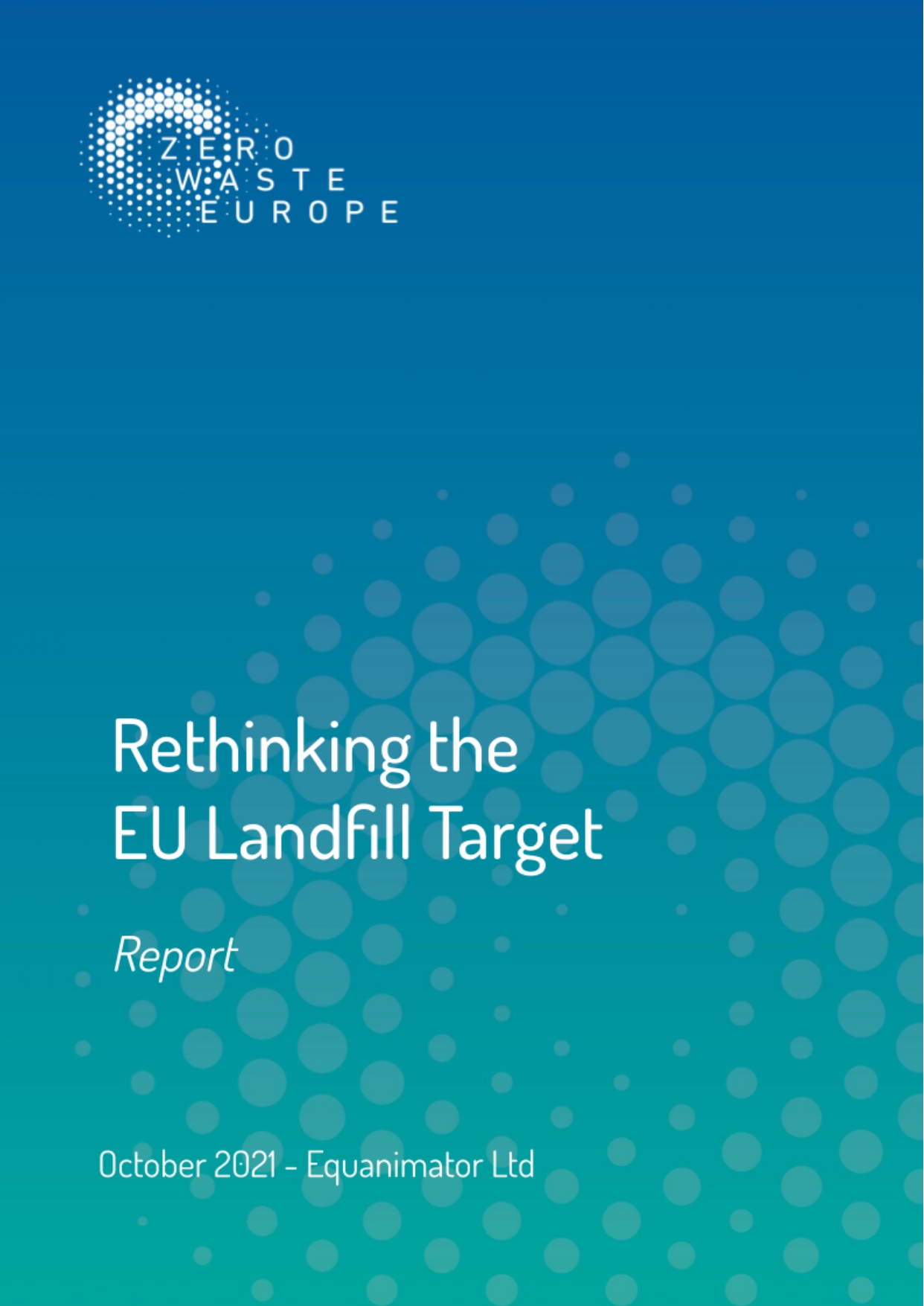
The current EU residual waste policy lacks emphasis on waste reduction, which then creates a paradox – it doesn’t matter how much is waste produced, only the percentage of it that is landfilled. There is a need for a new policy framework that prioritises the minimisation of generated residual waste. This would not only reward waste reduction efforts, but also give proper focus to its high place in the waste hierarchy. More importantly, it would position residual waste reduction as the way forward towards circularity and sustainability.
This report presents a comprehensive analysis and arguments on the need to improve the Landfill Directive and the Waste Framework Directive, highlighting residual waste reduction as a crucial tool to ensure alignment with the overarching principles of the EU Circular Economy Agenda.
Available in English.
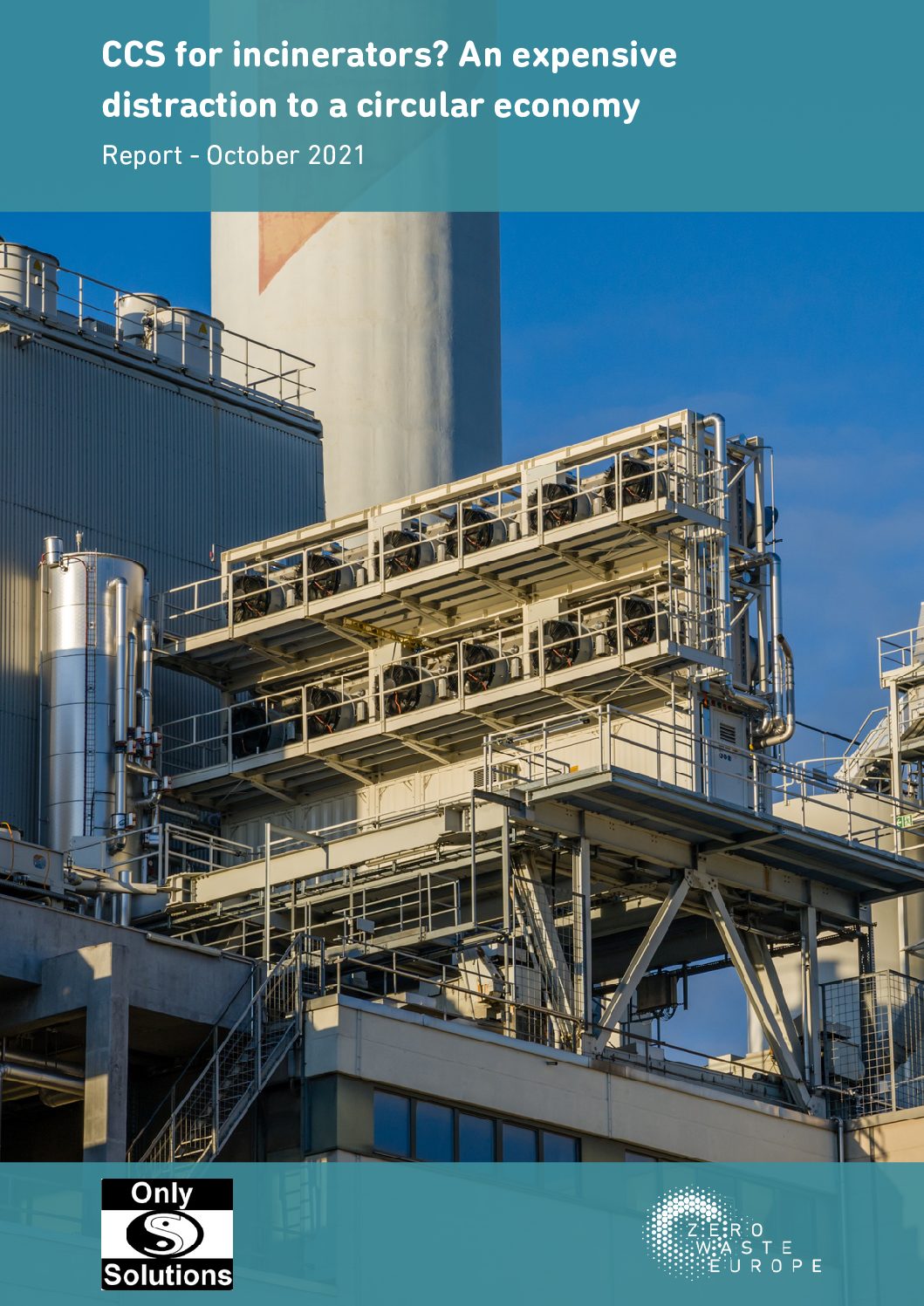
Carbon Capture and Storage (CCS) is being explored in response to climate concerns. When considering CCS for incinerators, it should be kept in mind that the top rung of the carbon mitigation hierarchy is generally accepted to be the ‘do not build’ option, i.e. to “evaluate the basic need for the project and explore alternative approaches to achieve the desired outcome/s”. Following this principle, proponents of CCS typically seek to justify their carbon capture projects on the basis that there is no viable alternative approach to delivering a necessary good or service. As there are viable alternative approaches to both resource management and energy generation, such an argument cannot be applied to defend CCS for municipal waste incinerators (MWIs).
This report presents key general and specific arguments on how CCS for incinerators is a distraction, instead of a solution, to incinerators’ carbon problem.
Available in English
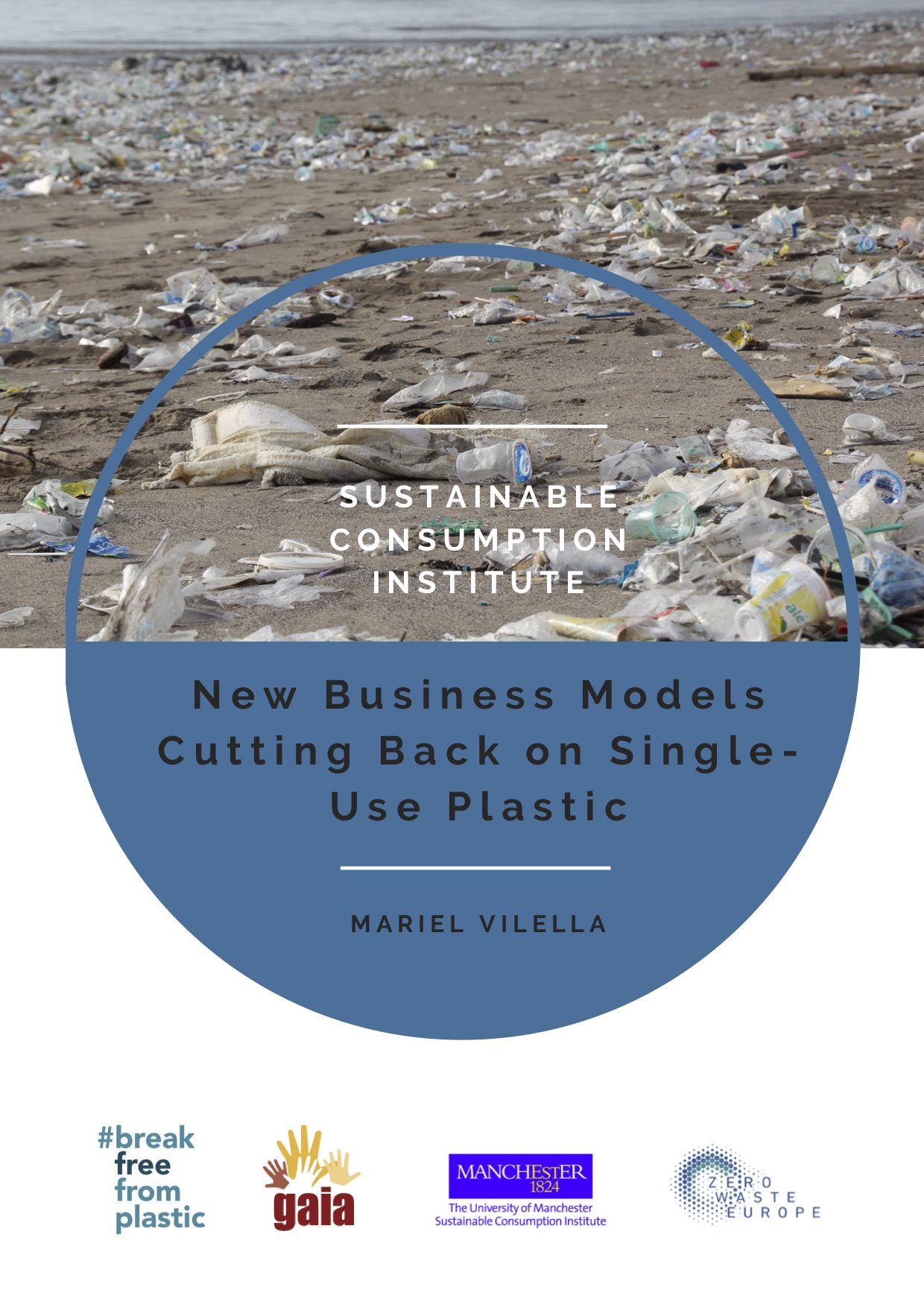
This research conducted at the Sustainable Consumption Institute by Mariel Vilella, Director of Global Strategy at Zero Waste Europe, in collaboration with GAIA and BFFP, looks at examples of successful business models that are successfully contributing to the reduction of single-use plastic consumption, exploring their impact and the key conditions for their replication and growth.
Available in English
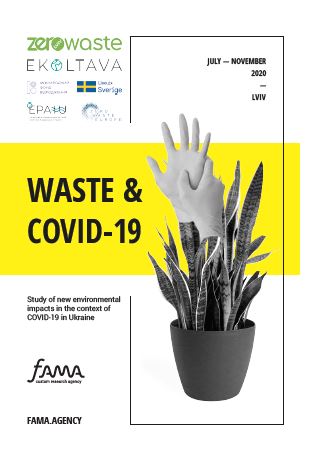
This study focused on the possibility to adapt and provide appropriate recommendations on the response of the Ukrainianwaste management system to the СОVID-19 crisis. The report has been developed by our member Zero Waste Lviv in cooperation with the NGO Ekoltava and the Custom research agency Fama.
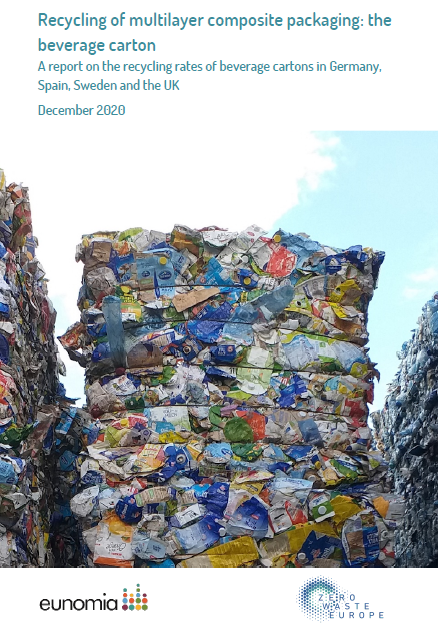
New research commissioned by Zero Waste Europe to Eunomia Research & Consulting has revealed that the actual beverage carton recycling rate in four European countries is far below what is currently being reported.
Available in English

Together with the University of Utrecht and Reloop we released a report highlighting that reusable packaging produces far fewer carbon emissions than their single-use counterparts. Download the executive summary and read the report at bit.ly/reusable-packaging
Available in English
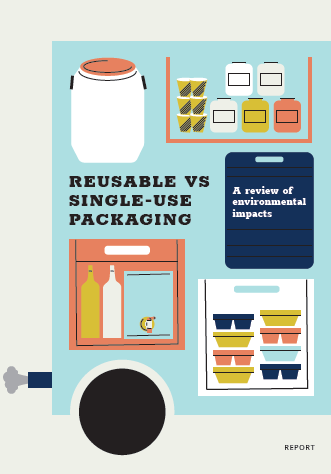
Together with the University of Utrecht and Reloop we released a report highlighting that reusable packaging – such as bottles, crates, jars, and others – produces far fewer carbon emissions than their single-use counterparts.
Available in English
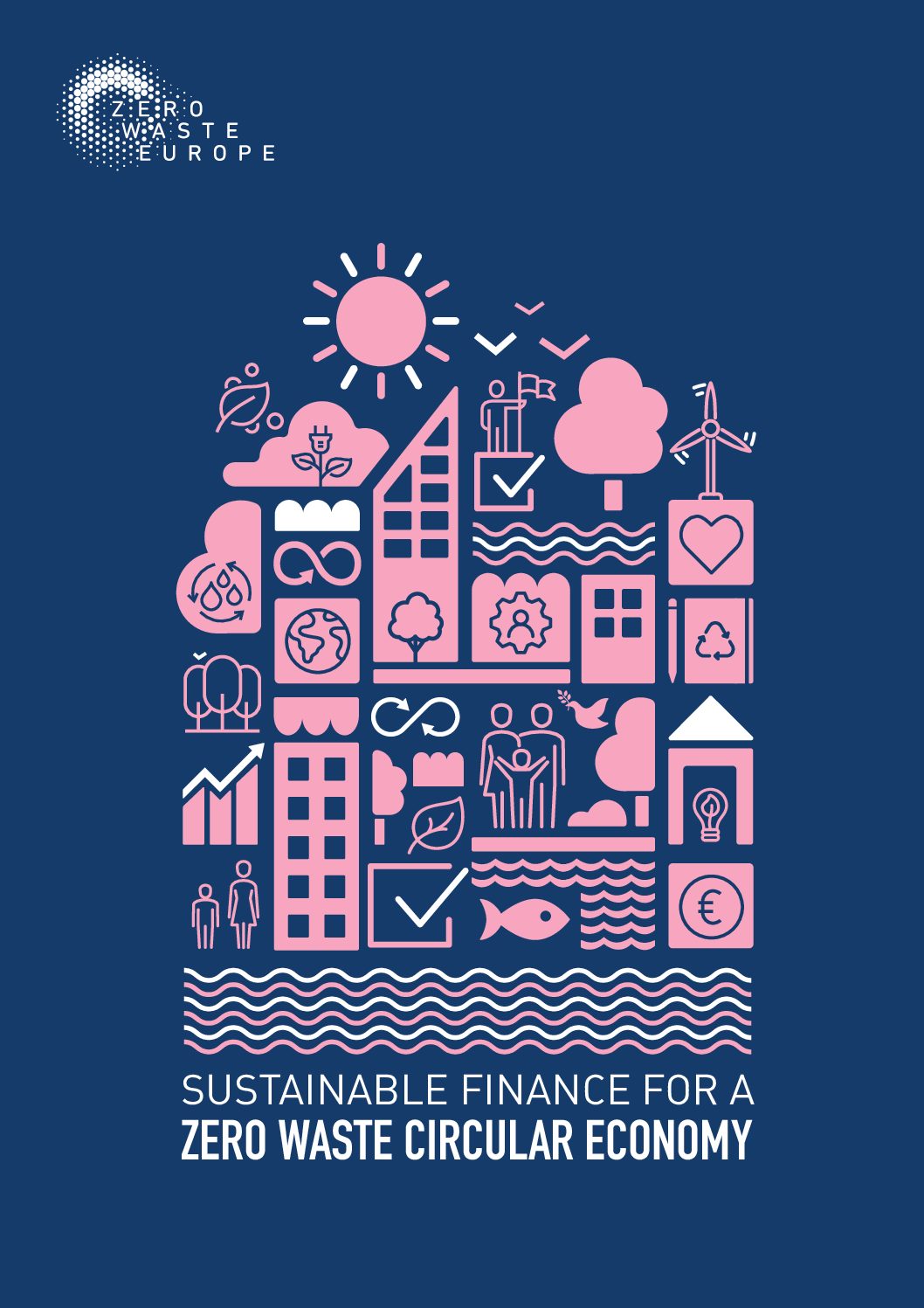
Zero Waste Europe released today a report highlighting the importance of a Zero Waste Circular Economy in the post-COVID-19 recovery. The “Sustainable Finance for a Zero Waste Circular Economy (ZWCE)” report addresses the current lack of clarity around the concept of ZWCE. It provides clear criteria on the activities that need to be included and prioritised under the umbrella of the Sustainable Finanace by looking at the social, economic, climate, and environmental benefits. Check out our infographic here.
Available in English
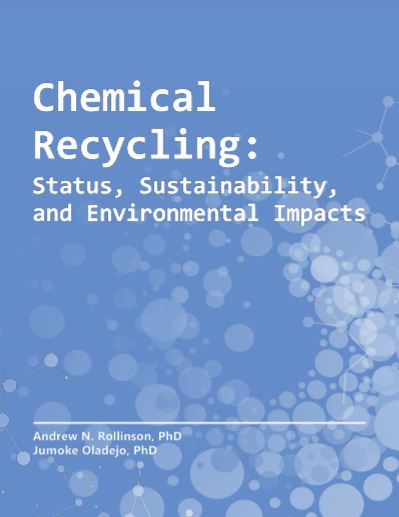
The Global Alliance for Incinerator Alternatives, GAIA, has released a new technical assessment revealing that chemical recycling is polluting, energy intensive, and has a track record of technical failures.
Available in English & Czech (translation by Arnika Association)

















